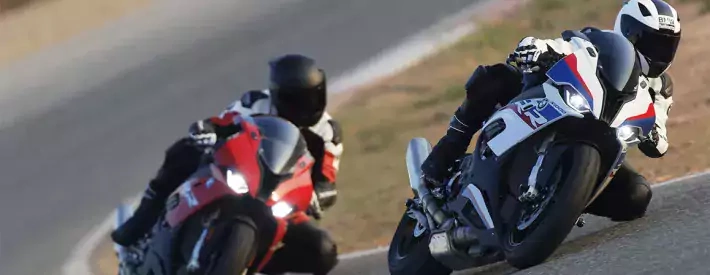How the motorcycle industry is preparing for Euro 5

Euro 5 emissions regulations are at the heart of the industry’s immediate future, but what are the new regulations and how will they change motorcycles?
Following a second lockdown for motorcycle dealerships, continued Brexit confusion and the cancelled big shows of EICMA and Motorcycle Live, the January 1 deadline for Euro 5 emissions approval of two-, three-wheel vehicles and quadricycles is now approaching with the certainty of a festive John Lewis TV advert.
Euro 5 is the fifth incarnation of the European Union’s directive to reduce harmful pollutants from motorcycle exhausts and more. While the latest models have been meeting this de facto global standard since January 1, 2020, manufacturers were given a 12-month derogation period to adapt existing Euro 4-legal designs. Indeed, you may have seen some recent models being described as ‘Euro 5 ready’ as they await type approval to determine final specification.
Euro 5 regulation tightens the belt on many pollutants including carbon monoxide and nitrogen oxides. It also includes the introduction of an On-Board Diagnostics stage II monitoring system that reports intake, fuel systems and exhaust data, plus there’s a new, additional limit on the amount of non-methane hydrocarbon emissions. These form the vast majority of a vehicle’s hydrocarbons and are created from unburnt fuel that either hasn’t combusted in the chamber or been burnt off in the exhaust or catalytic converter.
What are the answers to lower emissions?
While there are multiple solutions to the Euro 5 conundrum, engineers are balancing the intended impact against cost, capacity and design. Performance engines, for example, typically have longer valve durations which don’t always provide the most complete burn. It’s why variable valve timing technology, as seen in BMW’s ‘Shift Cam’ models like the S1000RR, will become a more popular solution for sports bikes and other genres, as it enables greater emissions compliance while improving the torque curve and fuel consumption.
If engine capacity isn’t restricted by race series homologation requirements, another trend is for motorcycle companies to increase capacity, thus making the engine less stressed while achieving similar levels of performance. This approach goes some way to explain the erosion of the so-called middleweight category, as manufacturers place engine capacity on an upward trend to help meet those emissions targets.
Of course, there are catalytic converters that are highly effective at capturing harmful emissions, but their physical heft poses a huge design challenge, particularly for sports and naked categories. It’s the reason why we’re seeing a proliferation of gigantic, standard issue exhaust units that are invariably removed until MOT test day. Due to the amount of precious metals required, they’re also expensive to manufacture.
Yet while some engines are being re-developed to live another day, spare a thought for the much-lauded air-cooled unit of Harley-Davidson’s Evolution V-twin. Born in the 80s and often credited with saving Harley-Davidson from bankruptcy, its lack of temperature control during warm-up and at the upper limits of performance now means it produces far more NOx than equivalent water-cooled engines. Harley has since concluded it isn’t easy or cheap to pass Euro 5 regulations, and has decided to withdraw its entire (and best-selling) Sportster range from the UK and Europe. How the American brand recovers from such a loss to the folio remains to be seen - perhaps it will double down on its electrification strategy to extend appeal to younger customers.
Whatever happens, you can be sure that other brands, that also rely heavily on air-cooled engines as part of their identity, will be monitoring intently. Whatever happens, the 2021 motorcycle market is going to see a lot of new products entering the market.

